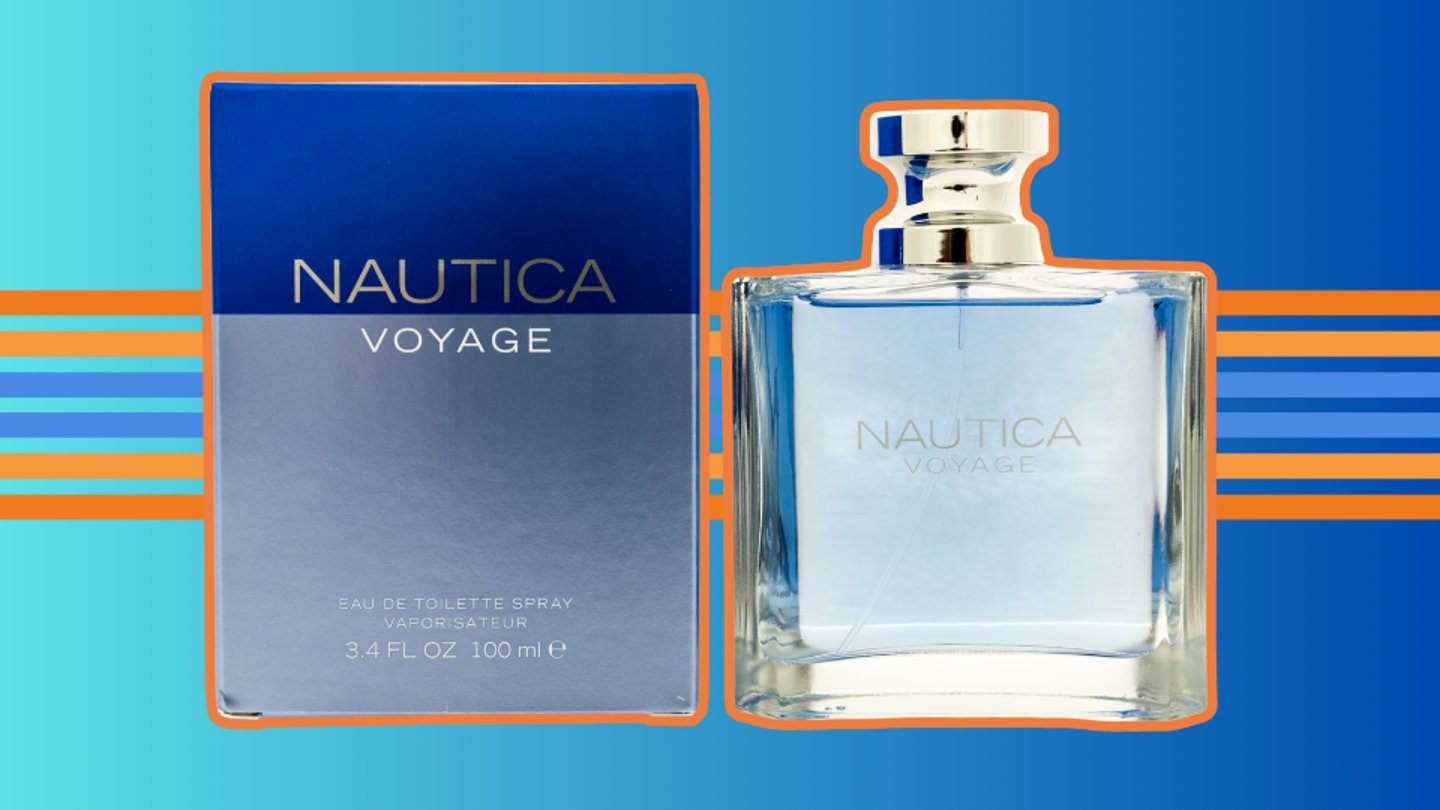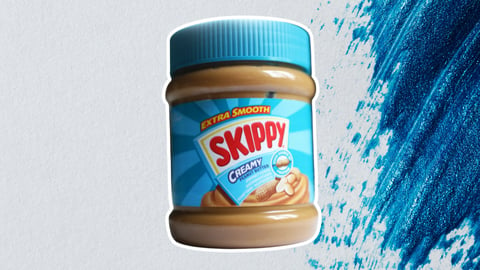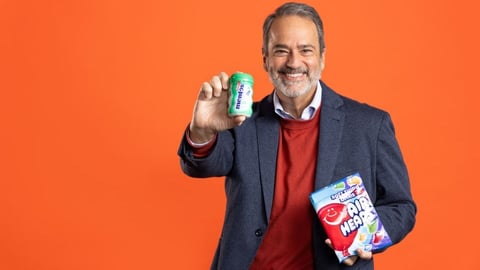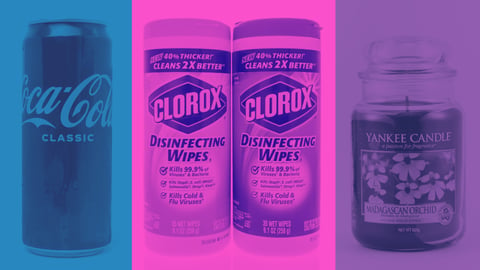Coty Tackling Market Turbulence With AI Demand Planning, Procurement Chatbot
Coty is using tools such as AI and chatbots to elevate its demand planning and procurement capabilities — part of a broader, multi-year transformation effort to streamline operations and boost agility amid volatile global conditions, soft U.S. performance and retailer inventory pullbacks.
Enterprise-Wide Optimizations
According to recent earnings conversations, Coty began a heavy push toward AI enablement last year, and has now implemented the technology across key functions in the company, including marketing, digital, supply chain, procurement and finance.
Within its supply chain, it is using the tech to deploy a clear control tower for demand planning, improving forecasting accuracy. Additionally, the company has launched a price chatbot within its procurement operations to drive smarter, faster decision-making.
To drive digital growth, Coty has shifted how it operates, embedding its digital and e-commerce teams within local markets and brand organizations to enable better omnichannel execution.
“This new structure ensures we are closer to the consumer, improves channel responsiveness and strengthens our position to win in the fast-evolving e-retail landscape, including TikTok Shop,” said CEO Sue Nabi during a call with investors.
Also: Why Coty is doubling down on dollar stores and e-commerce
As part of this, the company’s marketing teams are using AI-enabled media allocation models that support content creation and optimization, including SEO copy generation and translation capabilities.
Additionally, across its back-end functions, the company has deployed 60 robotics process automation bots for tasks such as accounts payable and IT help desk support. Nabi said that combined with last year's SAP S/4 HANA implementation, excluding Brazil, these tools are already improving speed and accuracy within ROI measurement.
“These organizational adjustments are delivering early green shoots, including approximately $140 million in productivity savings and initial progress on fixed cost reduction,” said Nabi. “We remain on track to deliver approximately $200 million in combined fixed costs and productivity savings in fiscal 2026.”
Shifting Leadership Priorities
The company promoted two leaders to lead these operational growth and digital transformation efforts.
Stéphane Delbos was named chief performance and operational excellence officer, tasked with driving efficiency, improving ROI, embedding data-driven decision-making across the organization and delivering incremental innovation. He has worked with Coty over the past 15 years and was previously the company’s chief procurement officer, according to LinkedIn.
Additionally, Jerome Auvinet was elevated to the role of chief information, digital innovation and business services officer. He has been with the company for more than 17 years and most recently served as its CIO.
Additionally, Nabi said the company’s chief supply chain officer and new chief procurement officer will be evaluating its manufacturing and sourcing ecosystem to identify further optimization opportunities.
Navigating Economic Headwinds & Tariff Impacts
Over the past five years, Coty has been refining its strategy to drive growth amid turbulent market conditions. These efforts are taking on greater urgency given the company’s recent underperformance in the U.S. market.
The U.S., which is Coty’s largest individual market at nearly 25% of sales, experienced significant hurdles in fiscal year 2025. In fact, it was the top driver of the company's overall underperformance for the quarter. While Coty gained share in Prestige across most regions, it lost share in both prestige and mass categories in the U.S.
Additionally, both prestige and mass retailers are reducing inventory in response to the uncertain macroeconomic climate.
These dynamics underscore the importance of the company’s ongoing reset and strategic rebalancing heading into fiscal year 2026 — especially in light of new tariff headwinds.
CFO Laurent Mercier said the company is well-positioned, however, as roughly 28% of its sales come from North America. For consumer beauty, about 12% of sales are primarily manufactured in the U.S., and in the prestige category, about 16% of global sales for fragrances are manufactured primarily in Europe.
“Our teams are actively preparing for multiple scenarios with plans in place to minimize impact,” said Mercier during the call. “Under the current tariff framework, the most significant potential headwinds are the newly imposed 15% U.S. tariff on European imports affecting prestige fragrances and the 30%-plus tariffs on Chinese imports, impacting components and marketing materials.”
The company has several mitigation measures in place, including built-up U.S. inventory with several months of coverage for prestige fragrances. Additionally, Coty is implementing a mid-single-digit price increase in the category for the U.S. market in August, though Mercier anticipates some of the pricing benefit to be offset by a more promotional market.
The company is also actively working on transferring fragrance manufacturing to the U.S., diversifying supply for components and marketing materials sourced from China. Mass fragrances such as adidas and Nautica have already moved over, and entry-level prestige products will be transferred by the end of the third quarter.
By the end of fiscal year 2027, the company expects to have dual-source production and key input materials across most of its fragrances.
“Based on our current assumptions, we estimate a gross tariff headwind of approximately $70 million in fiscal year 2026 with the non-price mitigation steps offsetting roughly $15 to $20 million of the impact primarily in the second half,” said Mercier.





